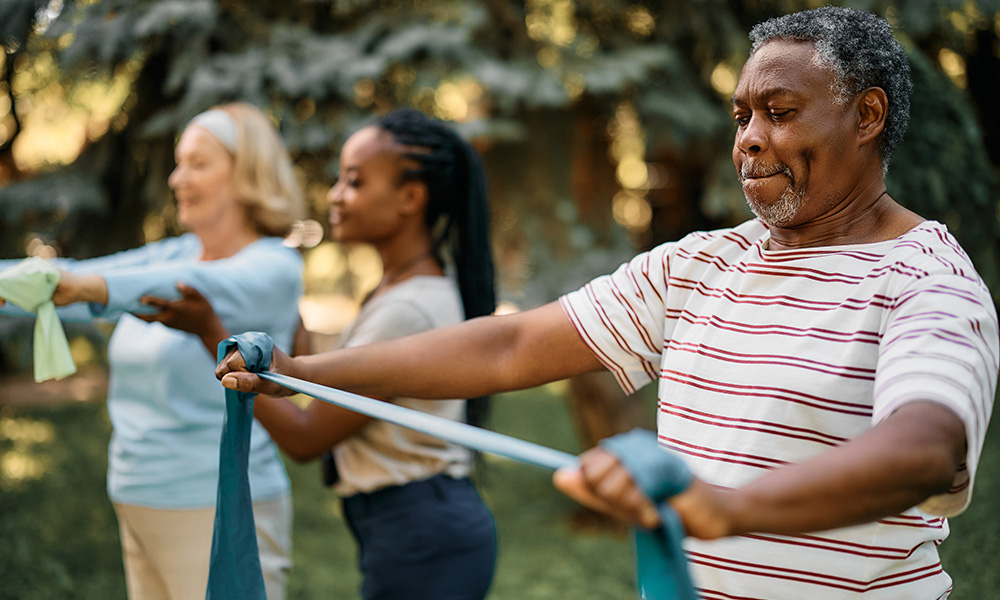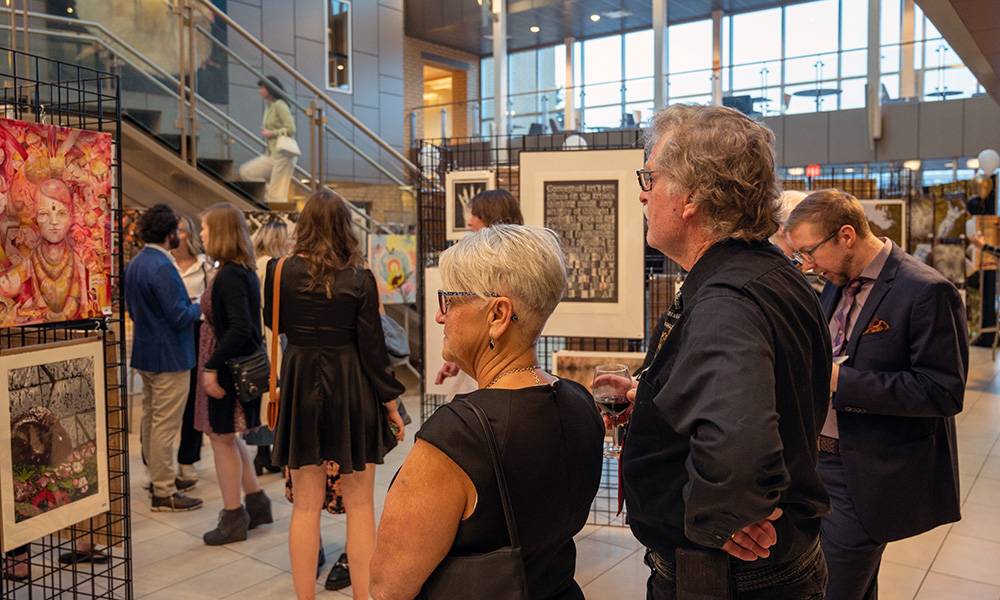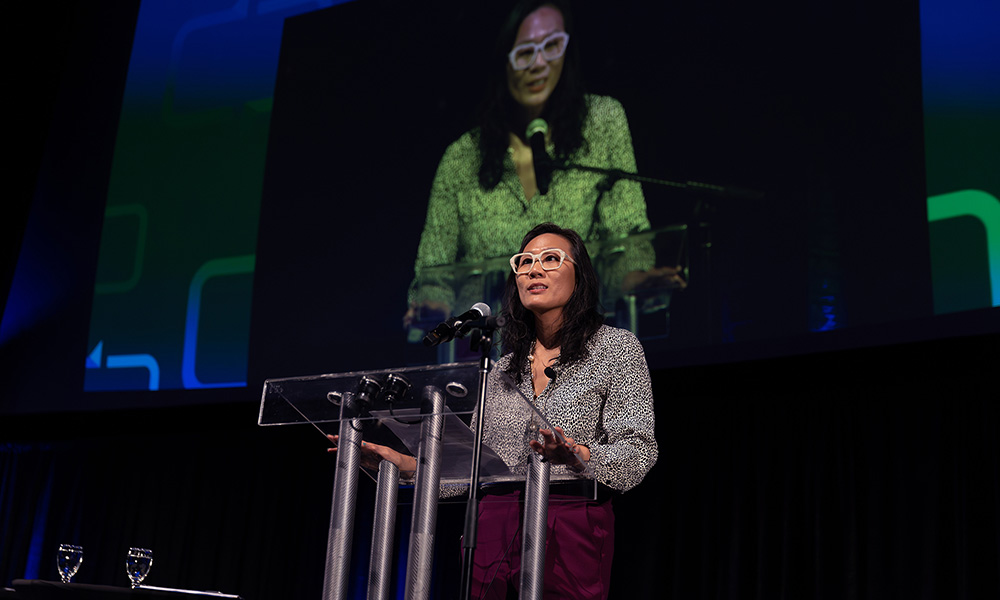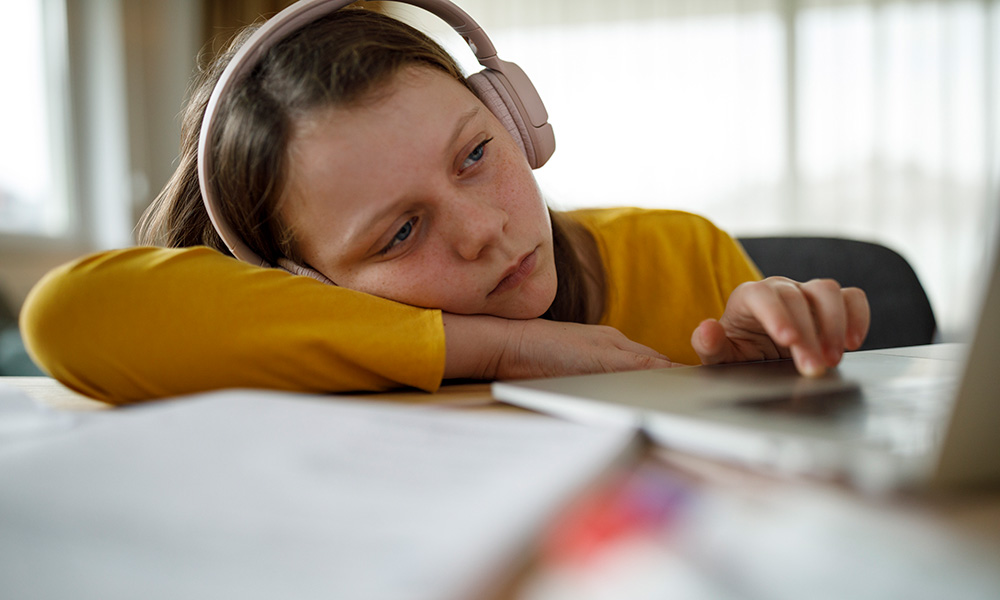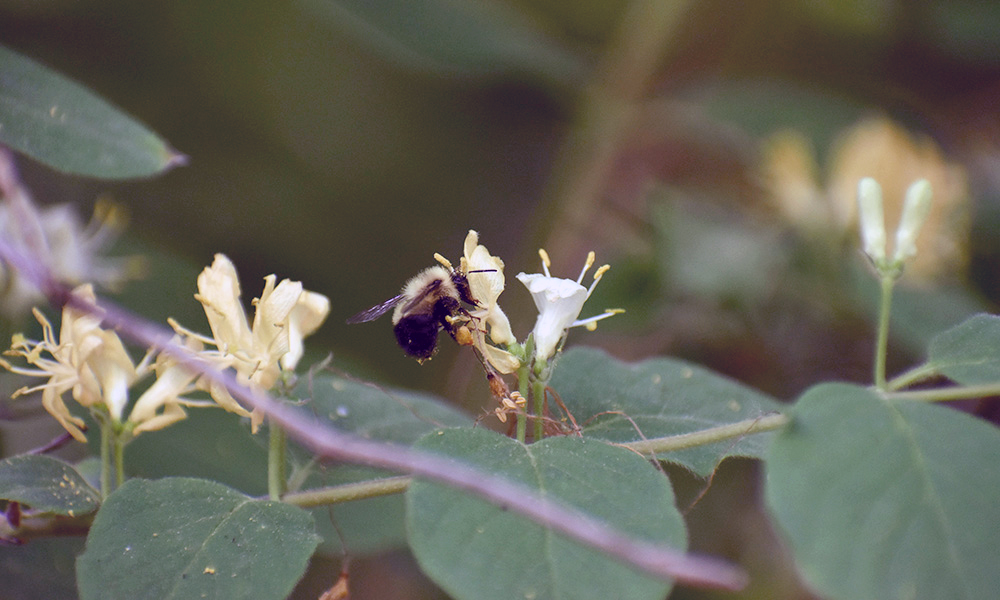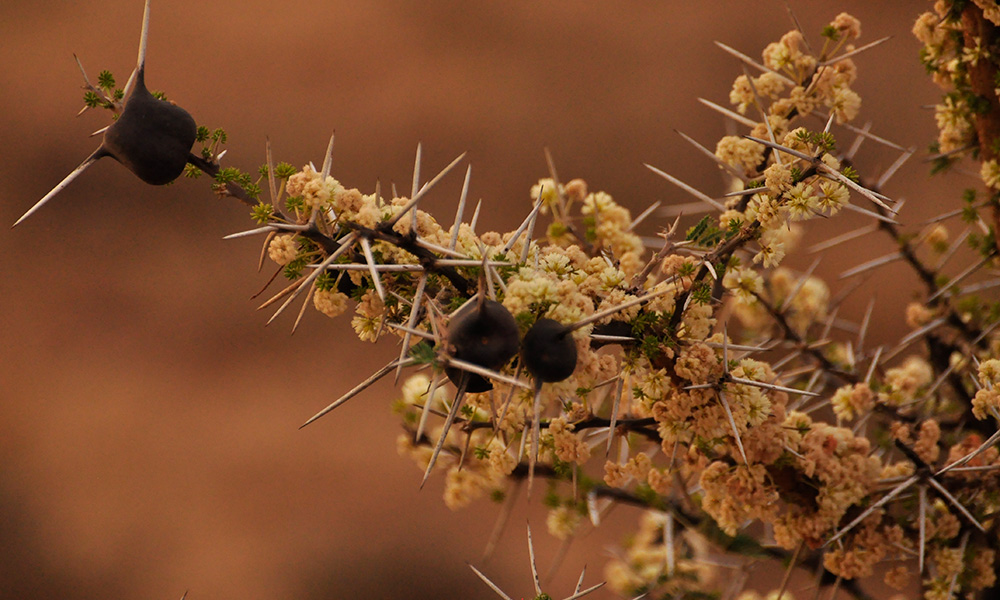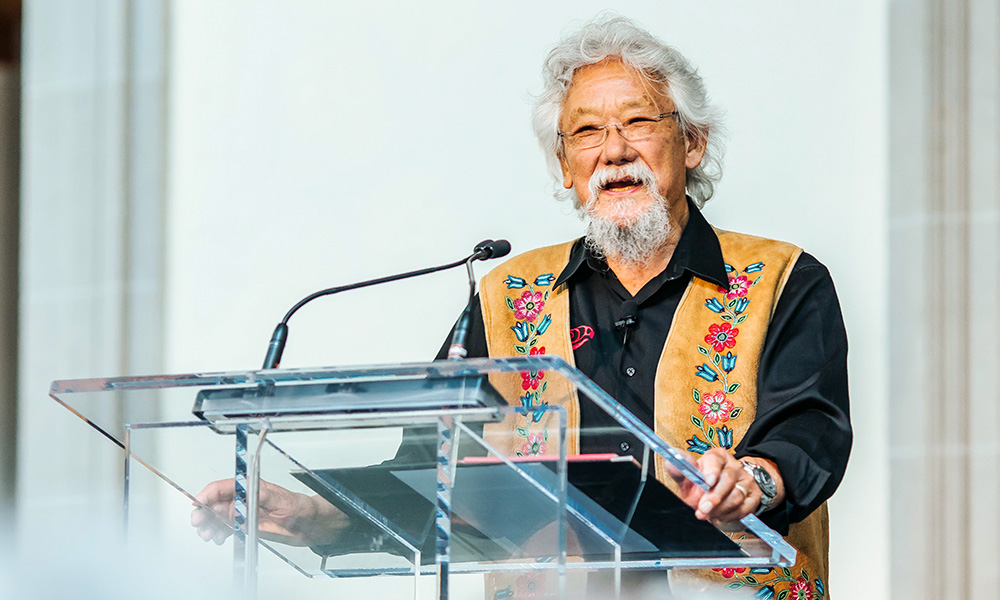
Dr. David Suzuki is hosting a livestreamed conversation sponsored by UBC’s Cluster of Research Excellence in Solar Energy for Net Zero.
What: A conversation with Dr. David Suzuki
Who: Renowned environmentalist, author, broadcaster and activist Dr. David Suzuki; members of the UBC Cluster of Research Excellence in Solar Energy for Net Zero
When: Thursday, April 4 at 3:45 pm
Venue: Livestreamed event
Is humanity at an ecological crossroad? How can each of us join the conversation and take steps toward a sustainable future?
Renowned environmentalist, author, broadcaster and activist Dr. David Suzuki will deliver a free talk on these topics at UBC Okanagan on Thursday, April 4.
Dr. Suzuki’s talk, titled Humanity at a Crossroad: Business as Usual or Transformation is presented by UBC’s Eminence Cluster of Research Excellence in Solar Energy for Net Zero, UBC’s Faculty of Applied Science and UBCO’s School of Engineering.
“Humanity has exceeded the capacity of the biosphere to sustain our species,” says Dr. Suzuki. “We have changed the chemistry of the atmosphere, the pH of the oceans and poisoned the soil. Already we are driving other species to extinction on such a scale that we, as the top predator on the planet, a voracious omnivore, are most vulnerable.”
Dr. Suzuki’s history with UBC spans more than 60 years. After earning his doctorate in zoology from the University of Chicago in 1961, he served as a professor in the genetics department at UBC from 1963 until his retirement in 2001. He now holds the title of UBC Professor Emeritus and was bestowed an Honorary Doctor of Science by the university in 2011.
“Dr. David Suzuki is an icon and a respected voice, not only in Canada but globally in the conversation about education and action in sustainability—from advancing solar energy technology to countless other areas of thinking, building and living greener,” says Dr. Will Hughes, Director of the School of Engineering. “We are honoured and excited to welcome Dr. Suzuki to campus to share his perspectives and dialogue with our community on topics that are addressed every day in UBC research, learning and teaching.”
The Solar Energy for Net Zero research cluster is one of the many ways UBC is advancing cutting-edge research on sustainable energy technologies. The team of interdisciplinary researchers is working closely with industry to meet the solar energy needs of communities today and into the future, explains Dr. Hughes.
People wishing to hear Dr. Suzuki’s talk can register for the live stream via the link available here: https://www.eventbrite.ca/e/a-conversation-with-dr-david-suzuki-tickets-812430841517
The post David Suzuki to speak at UBC Okanagan appeared first on UBC Okanagan News.



